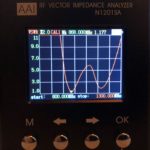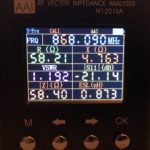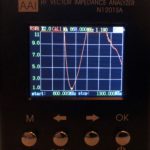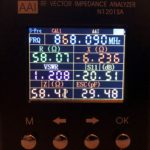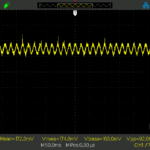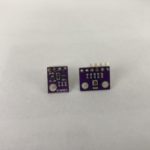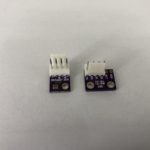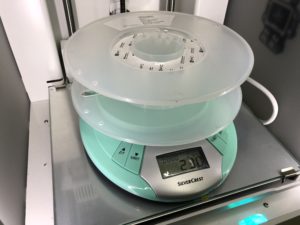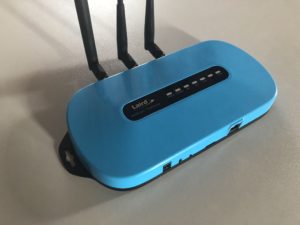Recently I found a very interesting PCB on Tindie holding an AEM10941 Solar Harvesting IC from E-peas, thanks to Jasper Sikken for this nice board!
This chip is made to harvest energy from solar panels, even if their output is very low, as we will see later in this post.
As a nice addition, the AEM10941 does also provide two regulated outputs, on the AEMLION PCBs they are broken out, the low voltage LDO delivers 1.8V and the high voltage LDO is configured for 3.3V. This is a perfect fit for many DIY projects.
Energy harvesting
I tested three different solar panels with the board. All current measurements were made using an µCurrent GOLD Precision Current Adapter and a METRA Hit 25s multimeter. For light measurement, I used an UNI-T UT383 lux meter.
Please note that all used solar panels are cheap ones from Aliexpress and may not be within specification. With this test I simply want to show the differences in what we can get from such panels in different light conditions. Also you will see, that this PCB is really able to charge your battery even if there is only minimal light available.
| Solar Panel | outdoor 95K lux | outdoor 9650 lux | indoor 650 lux |
| 2x 1V 80MA 30x25mm | 34ma | 3ma | 135ua |
| 3V 120MA 52x52mm | 40ma | 6ma | 246ua |
| 4V 150MA 60*80mm | 114ma | 10ma | 438ua |
As you can see, in outdoor full sunlight (95K lux) you will get about 10x more energy out of the panels than outdoor when cloudy (9650 lux).
Indoors (650 lux) on a sunny day it is even less, it is about 150-250x less than outdoors in full sunlight.
3.3V LDO output
The HV LDO output is configured for 3.3V and provides up to 80 ma current with 300 mv drop-out.
I tried to power an arduino mini pro which is configured to run on 3.3V at 8MHz. And because most of my projects are using some kind of radio communication, I added an lora RFM95 board. Of course, there has also to be some data to send over air, for that I added a BMP280 and a SI7021.
So summarized, I do power an Arduino mini pro, a RFM95 module, a BMP280 and a SI7021 from the 3.3V LDO output.
Does it work? Yes, it does! The peak current used is about 135ma, during this peak, the voltage from the LDO drops from 3.36V to about 3.21V. This is no issue as it seems, one of my sensors already sent about 10’000 measurements in this setup without any issues.




